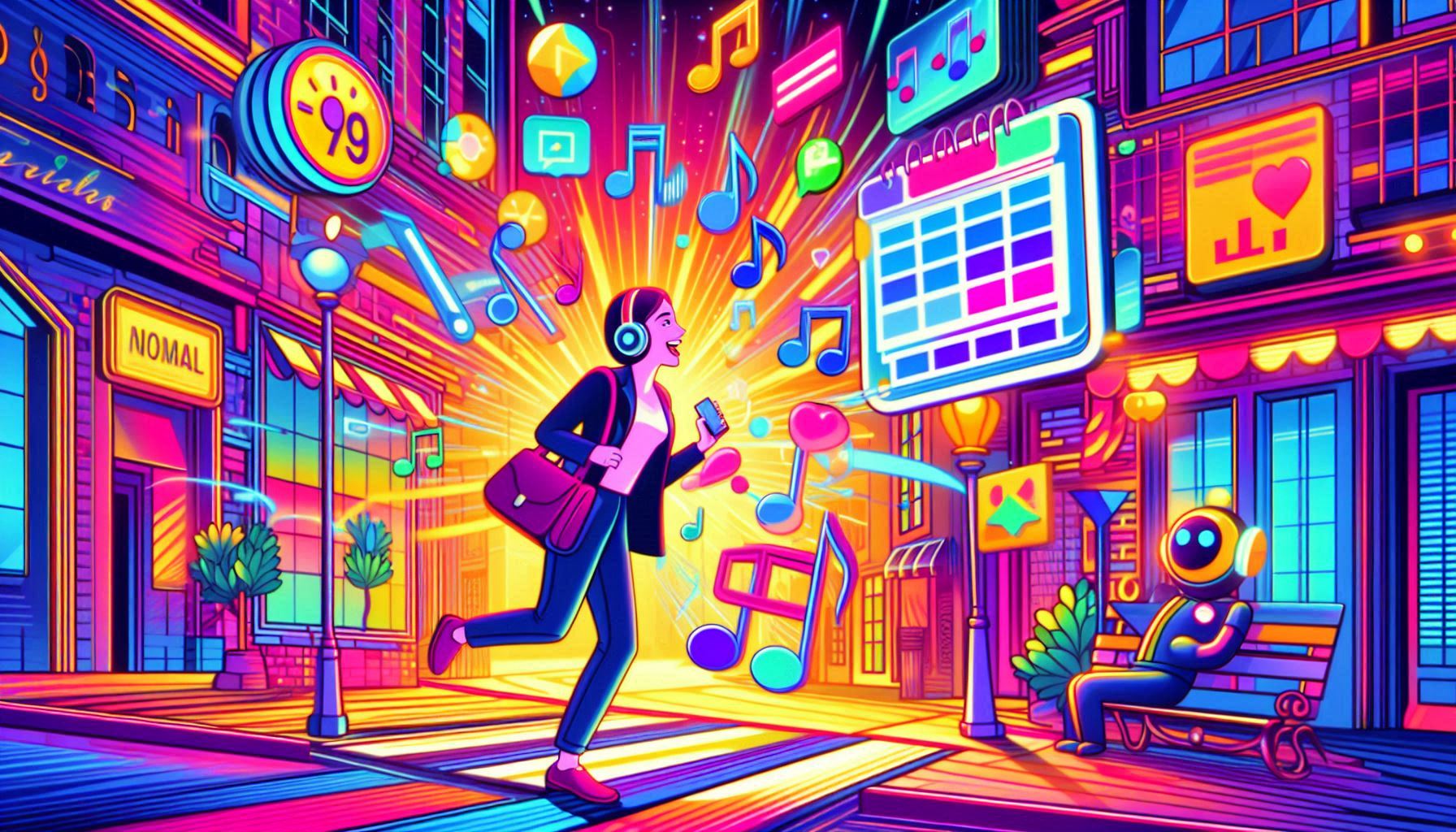
"And remember when we used to talk on the phone? Actually answer calls? Speak to humans? Luckily, the mailbox saved us, at least for a while, until it started telling us not to leave voicemails but to text instead. Voice notes came next. Great for the lazy typers, less so for the unlucky listener trying to find the right "environment" to hit play. We traded ringtones for vibrations, calls for texts... and now suddenly we're all excited because GenAI has voice mode."
"Audio's second chance Why? Because Google Zero, Voice AI, TikTok, podcasts, and content overload are pushing publishers and creators to reimagine storytelling. Written articles might no longer be enough. Now, everyone wants sound and motion, even if it means letting AI do the talking. For years, audio advertising and podcast monetisation lived in that familiar "up-and-coming" limbo. Always full of potential, rarely prioritised. But the rise of voice interfaces and screenless experiences is changing the tone, quite literally."
Audio has shifted from conspicuous ringtones and phone calls to muted vibrations, texts, and voice notes, altering public norms around sound. The Crazy Frog ringtone exemplified early mass audio disruption that made public ringing taboo. The rise of AI voice, Google Zero, TikTok, podcasts, and content overload is prompting publishers and creators to reimagine storytelling with sound and motion. Audio advertising and podcast monetisation lingered in potential but are gaining attention as voice interfaces and screenless experiences expand. Budgets are beginning to follow audience attention, driving renewed investment in audio formats and algorithmically curated voice experiences.
Read at Exchangewire
Unable to calculate read time
Collection
[
|
...
]